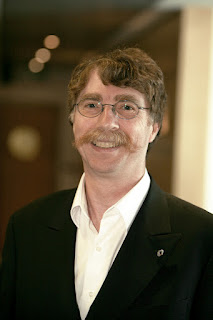Ford pushes for Traffic Jam Assist

Traffic Jam Assist is an intelligent driving technology that Ford is developing potentially for the mid-term (2017 to 2025). It uses radar and camera technology to keep pace with other vehicles and provide automated steering control to stay in the current lane, reducing driver stress and potentially improving vehicle flow. Individual simulation studies have found that where 25 percent of vehicles on a stretch of road are equipped to automatically follow the traffic ahead, journey times can be reduced by 37.5 percent and delays reduced by 20 percent. Traffic Jam Assist has the potential to follow the traffic ahead while maintaining lane position in environments where there are no pedestrians, cyclists or animals, and where lanes are clearly marked. Many of the sensing technologies required to deliver Traffic Jam Assist are already available on current Ford models including Focus, C-MAX and Grand C-MAX. Independent steering already features on Lane Keeping Aid, which provides steeri...










